Gauges and meters
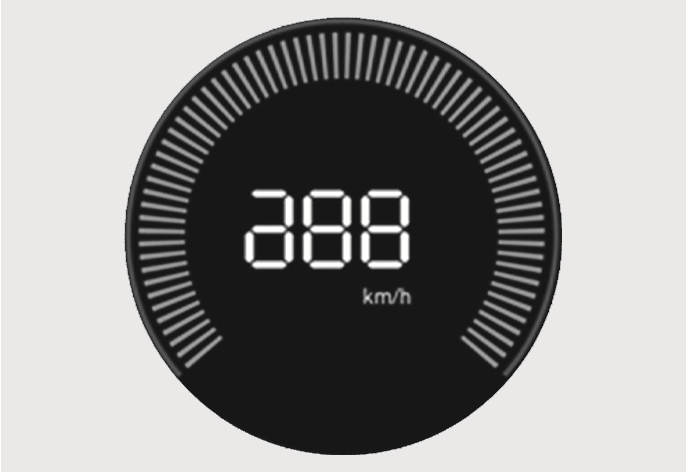
2C_Speedmeter
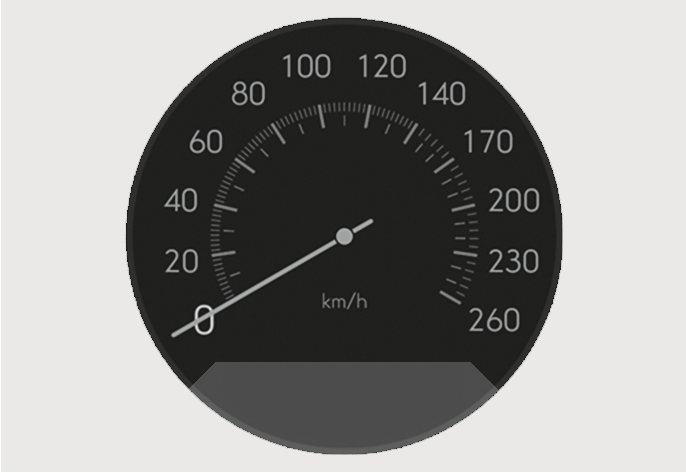
2C_Speedmeter_2
The speedometer indicates the speed of the vehicle and is calibrated in kilometres per hour (km/h).
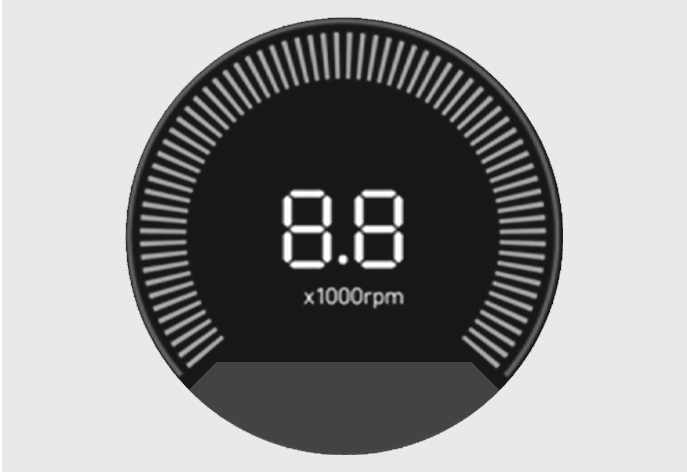
2C_TachometerTypeA
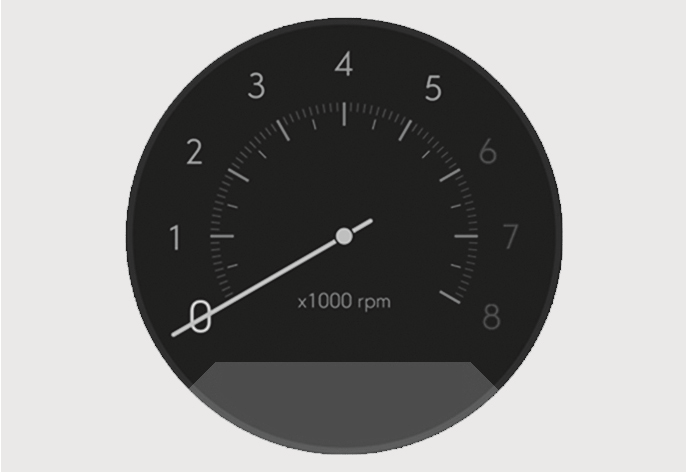
2C_TachometerTypeB
The tachometer indicates the approximate number of engine revolutions per minute (RPM).
Use the tachometer to select the correct shift points and to help prevent lugging and/or over-revving the engine.
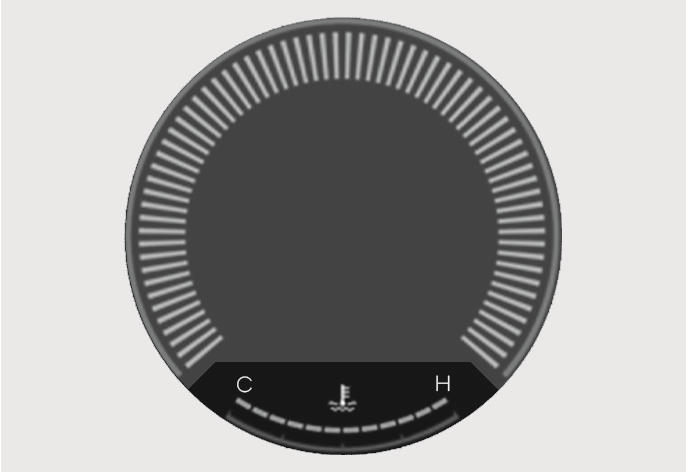
2C_EngineCoolantTempGauge
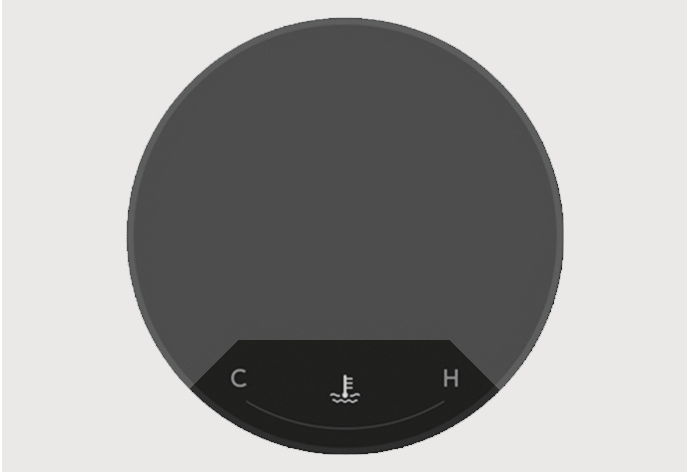
2C_EngineCoolantTempGauge_2
This gauge indicates the temperature of the engine coolant when the Engine Start/Stop button is in the ON position.
If the gauge pointer moves beyond the normal range area toward the “H (Hot)” position, it indicates overheating that may damage the engine.
Do not continue driving with an overheated engine. If your vehicle overheats, refer to the “If the engine overheats” section in chapter 8.
Never remove the engine coolant reservoir cap when the engine is hot. The engine coolant is under pressure and could cause severe burns. Wait until the engine is cool before adding coolant to the reservoir.
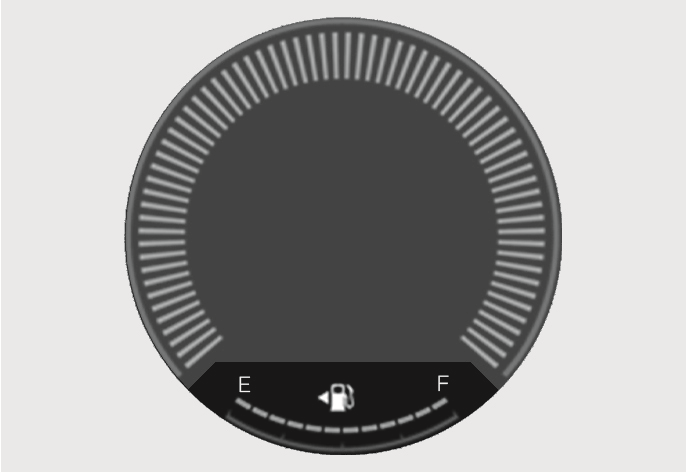
2C_FuelGauge
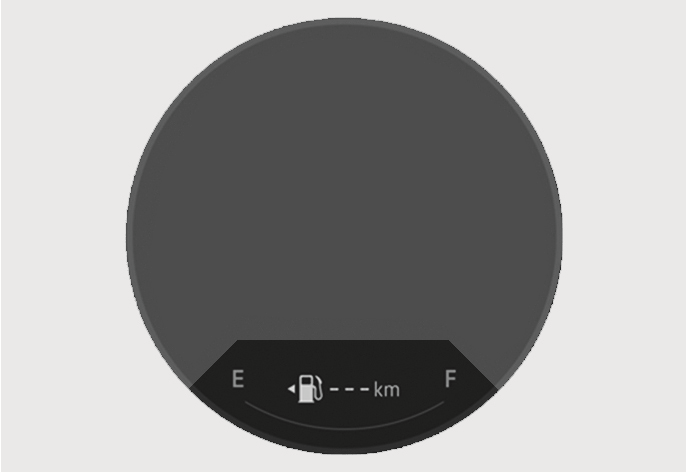
2C_FuelGauge_2
This gauge indicates the approximate amount of fuel remaining in the fuel tank.
-
The fuel tank capacity is given in chapter 2.
-
The fuel gauge is supplemented by a low fuel warning light, which will illuminate when the fuel tank is nearly empty.
-
On inclines or curves, the fuel gauge pointer may fluctuate or the low fuel warning light may come on earlier than usual due to the movement of fuel in the tank.
-
More than 6 litres of fuel should be added to the vehicle for the fuel gauge to increase.
Always refuel the vehicle as soon as possible after the warning light comes on or when the gauge indicator comes close to “E (Empty)” level.
Avoid driving with an extremely low fuel level. Running out of fuel may cause the engine to misfire and cause damage to the catalytic converter.
-
If the vehicle is not shifted to P (Park) or N (Neutral) when refuelling, the amount of fuel and distance to empty may appear abnormally because fuelling may not be recognised.
-
The amount of fuel remaining may appear abnormally if fuelled when the vehicle is not on level ground or with the battery cable disconnected.
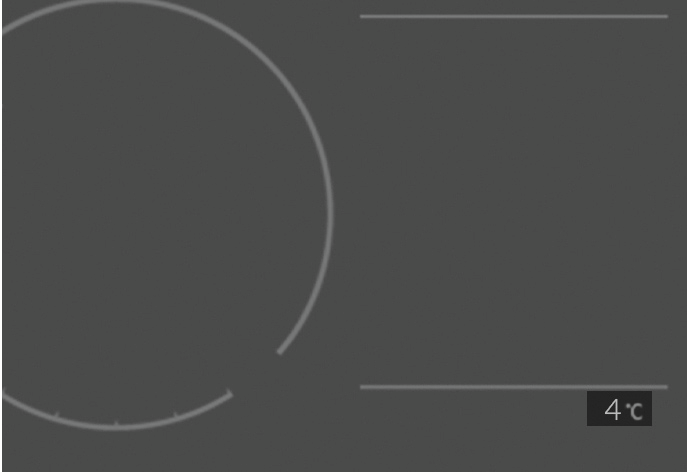
2C_OutsideTemp
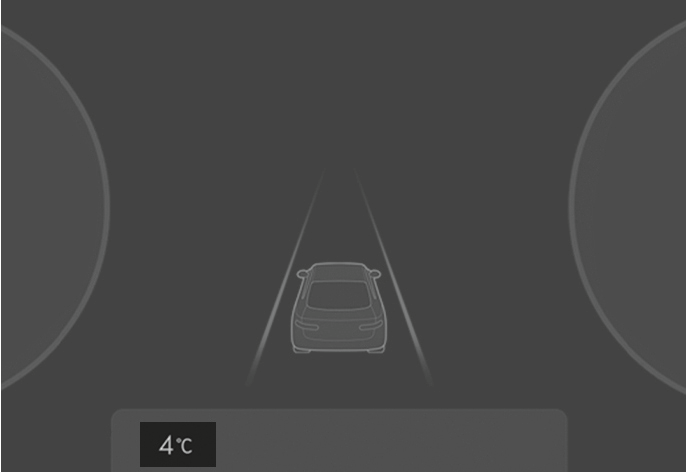
2C_OutsideTemp_2
The outside ambient temperature appears in the lower portion of the instrument cluster display.
Note that the temperature indicated on the instrument cluster display may not change as quickly as the outside temperature (there may be a slight delay before the temperature changes).
You can change the temperature unit from the Settings menu in the infotainment system.
Select: Settings> General > Unit > Temperature unit > °C/°F
Both the temperature unit on the instrument cluster display and climate control screen will change.
The infotainment system may change after software updates. For more information, refer to the manual provided in the infotainment system and the quick reference guide.
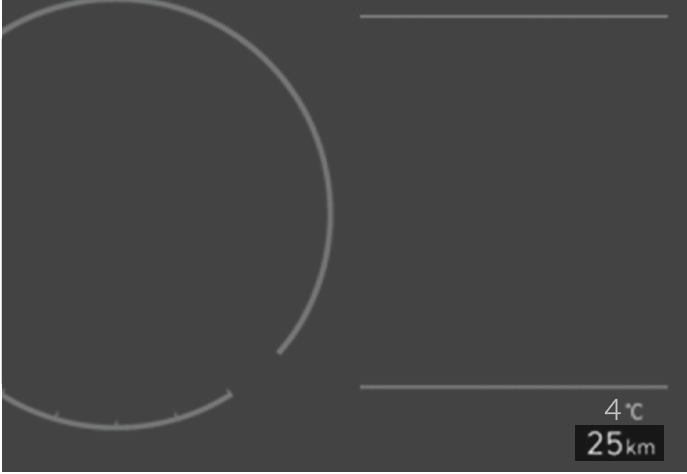
2C_Odometer

2C_Odometer_2
The odometer indicates the total distance that the vehicle has been driven and should be used to determine when periodic maintenance should be performed.
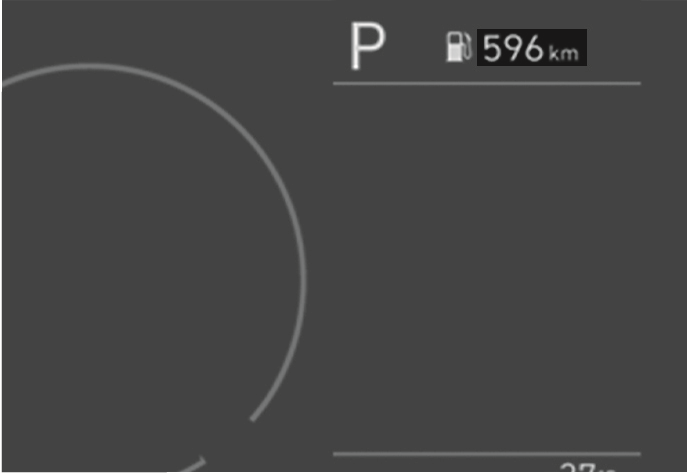
2C_DistanceToEmpty
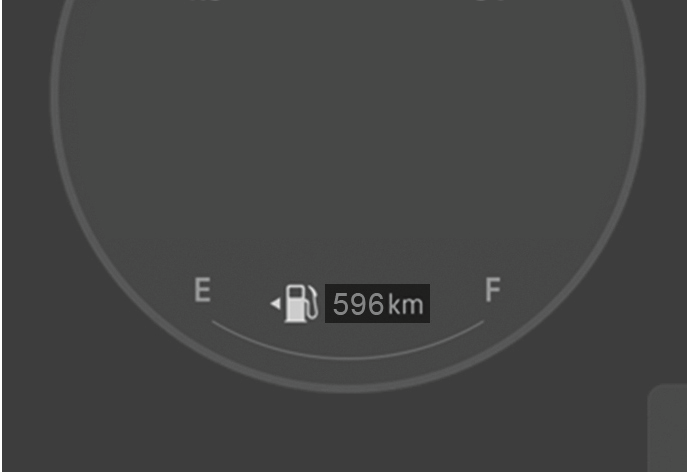
2C_DistanceToEmpty_2
The distance to empty is the estimated distance the vehicle can be driven with the remaining fuel.
-
If the estimated distance is below 1 km, the trip computer displays “---” as distance to empty.
-
The distance to empty indicator may not change accurately if less than 6 litres of fuel are added to the vehicle.
-
If the vehicle is not on level ground or the 12 V battery power has been interrupted, the distance to empty function may not operate correctly.
-
The distance to empty may differ from the actual driving distance as it is an estimate of the available driving distance.
-
The distance to empty may differ significantly based on driving conditions, driving habits, and condition of the vehicle.
-
If the remaining battery level is low, the driving distance may appear longer on the instrument cluster than the actual vehicle.